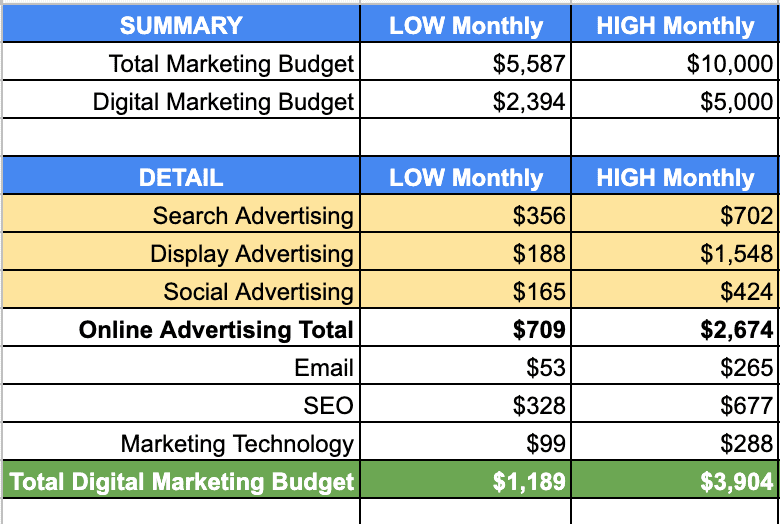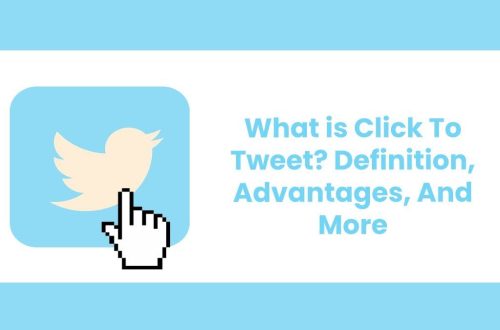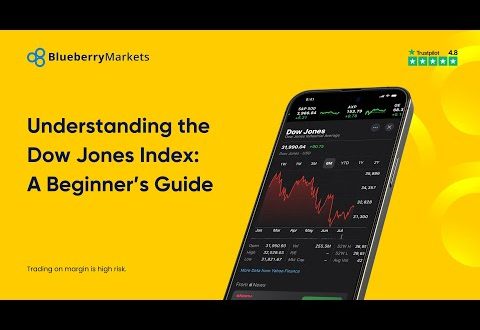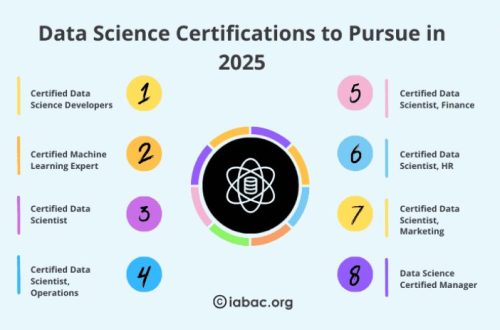Running a small business is tough‚ isn’t it? You’re juggling a million things at once‚ and marketing often feels like shouting into the void. But what if I told you that you could reach your ideal customers without breaking the bank? Online advertising offers a fantastic opportunity for small businesses to connect with their target audience in a measurable and affordable way. Let’s dive into how you can make online advertising work for your business‚ even on a tight budget.
Understanding Cost-Effective Online Advertising
So‚ what exactly does “cost-effective online advertising” even mean? It’s about maximizing your return on investment (ROI). It’s not just about spending the least amount of money; it’s about spending your money smartly to get the best possible results. Think of it as finding the sweet spot where your advertising dollars are working hardest for you.
Why is Cost-Effective Online Advertising Important?
For small businesses‚ every penny counts. You don’t have the luxury of throwing money at ads and hoping something sticks. Cost-effective strategies allow you to:
- Stretch your marketing budget further.
- Target your ideal customers with precision.
- Track your results and make data-driven decisions.
- Compete with larger companies more effectively.
In short‚ it levels the playing field and gives you a fighting chance in the digital marketplace. It’s about being nimble‚ smart‚ and strategic.
Exploring Platforms for Cost-Effective Online Advertising
The online advertising landscape is vast and varied. Choosing the right platform is crucial. Let’s look at some popular options:
Google Ads: A Powerful Tool for Small Businesses
Google Ads‚ especially Search Ads‚ can be incredibly effective. Why? Because you’re reaching people who are actively searching for what you offer. Think about it: someone types “best coffee shop near me” into Google. If you’re a coffee shop‚ you want to be there! Google Ads allows you to bid on relevant keywords and show your ad to those potential customers.
Tip: Start with a small‚ targeted campaign and focus on long-tail keywords (more specific phrases) to reduce competition and lower costs.
Social Media Advertising: Connecting with Your Audience
Platforms like Facebook‚ Instagram‚ and LinkedIn offer powerful targeting options. You can reach people based on their demographics‚ interests‚ behaviors‚ and more. This allows you to create highly relevant ads that resonate with your target audience.
- Facebook/Instagram: Great for visual content and reaching a broad audience.
- LinkedIn: Ideal for B2B marketing and reaching professionals.
- Twitter: Useful for quick updates and engaging in real-time conversations.
Which platform is right for you? It depends on your business and your target audience. Where do your ideal customers spend their time online? That’s where you should focus your efforts.
Strategies for Maximizing Your Online Advertising Budget
Okay‚ you’ve chosen your platform. Now‚ how do you make the most of your budget?
Targeting: The Key to Cost-Effective Campaigns
The more targeted your ads are‚ the more likely you are to reach the right people and avoid wasting money on irrelevant clicks. Use the targeting options available on each platform to narrow your audience based on:
- Location
- Age
- Gender
- Interests
- Behaviors
Don’t be afraid to experiment with different targeting options to see what works best for your business. A/B testing is your friend!
Creating Compelling Ad Copy
Your ad copy is your chance to grab attention and persuade people to click. Make sure it’s clear‚ concise‚ and relevant to your target audience. Highlight the benefits of your product or service and include a strong call to action.
“Always focus on the customer’s needs and how your product or service solves their problems. A compelling ad speaks directly to their pain points.”
Tracking and Analyzing Your Results
The beauty of online advertising is that you can track everything! Use the analytics tools provided by each platform to monitor your campaign performance. Pay attention to metrics like:
- Click-through rate (CTR)
- Conversion rate
- Cost per click (CPC)
- Return on ad spend (ROAS)
Use this data to optimize your campaigns and make adjustments as needed. What’s working? What’s not? Don’t be afraid to tweak your targeting‚ ad copy‚ or bidding strategy to improve your results.
Cost-Effective Online Advertising: Examples in Action
Let’s look at some real-world examples of how small businesses can use cost-effective online advertising to achieve their goals.
Local Bakery: Driving Foot Traffic with Targeted Ads
A local bakery could use Google Ads to target people searching for “fresh bread near me” or “best pastries in [city].” They could also use Facebook Ads to target people who live nearby and have expressed an interest in baking or desserts. The key is to focus on local customers and offer a compelling reason to visit their bakery.
Online Boutique: Increasing Sales with Social Media Marketing
An online boutique could use Instagram Ads to showcase their latest clothing and accessories. They could target people who follow fashion influencers or have purchased similar items in the past. By using high-quality images and engaging ad copy‚ they can drive traffic to their website and increase sales.
Cost-Effective Online Advertising: Avoiding Common Mistakes
It’s easy to make mistakes when you’re just starting out with online advertising. Here are some common pitfalls to avoid:
Not Tracking Your Results
If you’re not tracking your results‚ you’re flying blind. You need to know what’s working and what’s not so you can optimize your campaigns and make the most of your budget.
Ignoring Your Target Audience
Don’t try to be everything to everyone. Focus on your ideal customers and tailor your ads to their specific needs and interests.
Giving Up Too Soon
Online advertising takes time and effort. Don’t get discouraged if you don’t see results immediately. Keep testing‚ optimizing‚ and learning‚ and you’ll eventually find a strategy that works for your business.
FAQ: Cost-Effective Online Advertising
What is the best online advertising platform for small businesses?
It depends on your business and target audience. Google Ads is great for reaching people who are actively searching for your products or services‚ while social media platforms like Facebook and Instagram are ideal for building brand awareness and connecting with a broader audience.
How much should I spend on online advertising?
Start with a small budget and gradually increase it as you see results. The key is to track your ROI and make sure you’re getting a good return on your investment.
How can I improve my ad copy?
Focus on the benefits of your product or service and include a strong call to action. Use clear‚ concise language and avoid jargon. A/B test different versions of your ad copy to see what resonates best with your target audience.
How often should I check my advertising campaigns?
You should check your campaigns at least once a week‚ if not more often. Keep an eye on your key metrics and make adjustments as needed to optimize your performance.
So‚ there you have it – a comprehensive guide to cost-effective online advertising for small businesses. It’s not always easy‚ but with the right strategies and a little bit of patience‚ you can unlock incredible growth and reach your target audience without emptying your wallet. Remember to stay flexible‚ keep learning‚ and never be afraid to experiment. Your success story is waiting to be written. Good luck!






